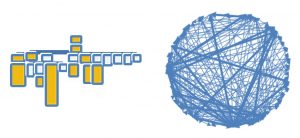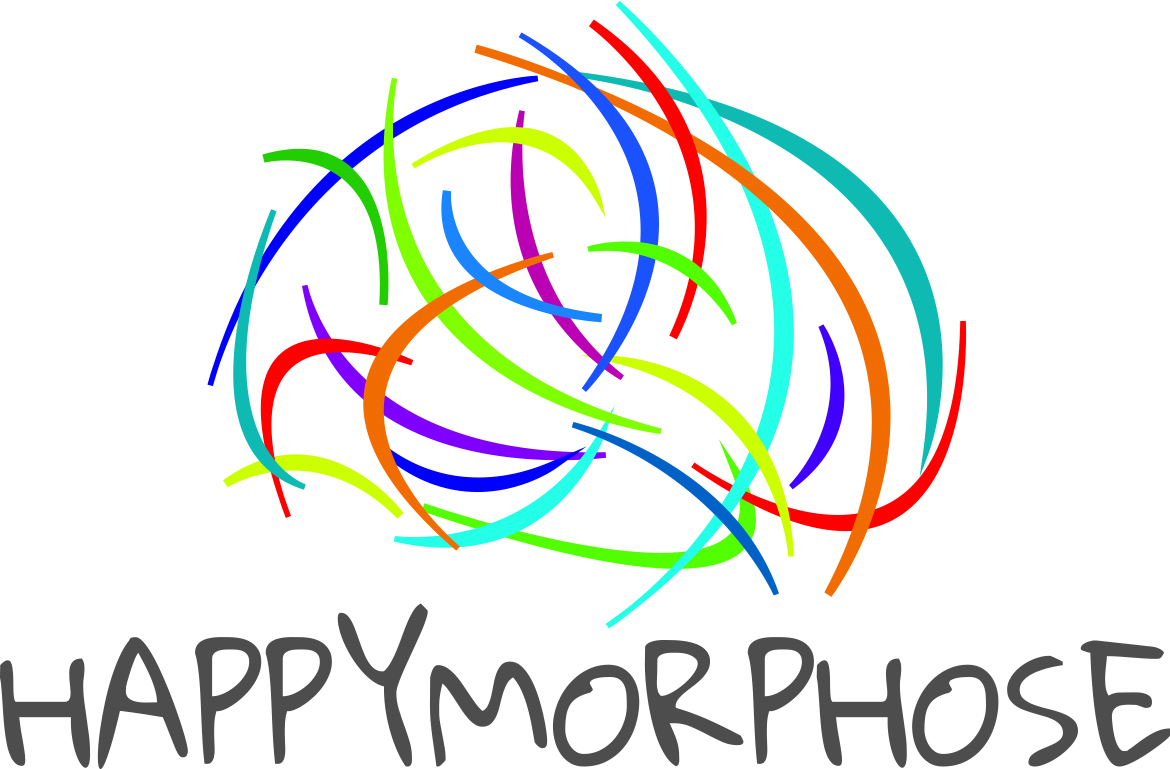By Dennis Sandow, Scientist-practitioner
Taking care of community during COVID. An example: In IDAHO, a living hospital community where staff care for their community and the community cares for them
Cascade Medical Center is a rural health care organization located in Cascade, Idaho. Cascade Medical Center’s mission is to “provide access to quality health care services in a professional and caring environment”. To achieve this mission, CEO Tom Reinhardt posted this message on the organization’s website: “Welcome! Here at Cascade Medical Center, we understand that healthcare is changing … While medical excellence is our top priority, the best health care is delivered with kindness, compassion and love”. At the Society for Organizational Learning annual meeting in 1998 Chilean biologist Maturana described how LOVE expands intelligence, creativity and freedom. This example of the Cascade Medical Center was a result of applying PIAGET’s research of children that I began in 1975.
At a global meeting of the Society for Organizational Learning, SoL, in Paris in 2014, Arie de Geus, former Managing Director of Planning at Royal Dutch Shell, spoke to encourage the young participants to read Piaget’s work on “learning through accommodation” to change the internal structures of companies and government institutions to be in harmony with our contemporary values. Most of the time, our learning is guided by the deductive theory that Piaget calls “assimilation”. At other times, we learn in the absence of theory. This is the case in inductive discovery science. Piaget called it learning through accommodation.
On this theme Tom Reinhardt, George Greenfield and I met to discuss using social action research to understand how the staff at Cascade Medical Center had work well together. This was the first step toward aligning the internal structures of the organization with our preferences for living and working together. Instead of taking a pathogenic approach and seeing the problems of the organization, my social action research studies « how people do what they do » when they create value and well-being. Instead of using numbers, I listen to person after person explain how well they work together. Each open-ended interview is transcribed and validated by those I listened to. Then, all interviews are studied for coherences, or regularity across all of the interviews. Finally, Cascade Medical Center’s social network is mapped. All this data is compiled and presented to staff and board members so that they can conserve and expand their culture of wellbeing and high performance.
In this research what we have learned is that the staff’s preferences for working together include; family spirit, communicating, being transparent and open, living in a community, everyone cares for everyone, helping, supporting, trusting, people are not numbers, freedom to act, attentive and a network of conversations that keeps them together. The happy, positive, caring staff is ready to contribute to everyone’s success. “Compassion was simply incredible. “It is joyful work that opens new scientific perspectives on social systems, love, support and care. Is the work done at Cascade Medical Center? No, what we have learned is just the beginning! But we have learned that high performance and social well-being are synonymous and that social action research helps us to balance social structure and organization by recognizing and promoting the attributes of well-being and maintaining the way we live and work well together. »
Social Network Mapping
To understand social systems, I make two distinctions regarding systems in general: organization and social structure (H.R. Maturana, 1975). In 1990, I used social network analysis mapping to study cohesive social support networks (Yan, 1991), increase supply chain productivity (Jewell-Larsen & Sandow, 1999), and improve the quality of Hewlett-Packard inkjet cartridges (Sandow & Allen, 2005).
In this case, we studied the social network of Cascade Medical Centers’ workplace culture. In studying social networks at Hewlett-Packard, I began to map social networks rather than analyze them because, by definition, analysis is the separation of the whole into its constituent parts. “We wanted to look at the whole. A survey was sent to all the respondents at the hospital asking, “Who do you collaborate with to create exemplary patient care? The network is mapped with directional arrows. If Dennis has identified George as a collaborator, a line with an arrow is drawn from Dennis to George. Then if George has identified Dennis as a collaborator, an arrow is drawn from George to Dennis. “We found a network of social collaboration, the most cohesive social structure.” When we compared it to the traditional organizational chart, we found that this structure was a network of social capital linking silos or functional departments.

Adaptation -> organizational transformation
Arie de Geus, Alain de Vulpian and Irene Dupoux-Couturier, all come to a similar conclusion – it is time for us to let biology, not just the physical science of logic, guide our transformation.
The world’s economy has moved from the industrial age to the knowledge-network age. Management practices that produced value in the industrial age have not proven to create value in the knowledge-network age. Yet, those who try to manage organizations using industrial-age practices contribute to the social and psychological malaise that leads to poor health, low productivity and performance. This is not a unique concern. Governmental, philanthropic and commercial institutions continue to use the physical sciences to guide their decision making and these institutions are failing just as De Vulpian and Dupoux-Couturier describe the collapse or fulfillment we are facing in the midst of this organizational transformation.
To learn more about my social action research you can visit reflexus.org
- De Geus, A. (1997). The living company : A Recipe for Success in the New Economy. The Washington Quarterly, 20(1).
- Sandow and Allen 2005, Sandow, D., & Allen, A. M. (2005). “The nature of social collaboration: How work really gets done. Reflections, 6(2/3), 13-31. “
- De Vulpian and Dupoux-Couturier, 2019, “Homo Sapiens, collapse or fulfillment”- Happymorphose
